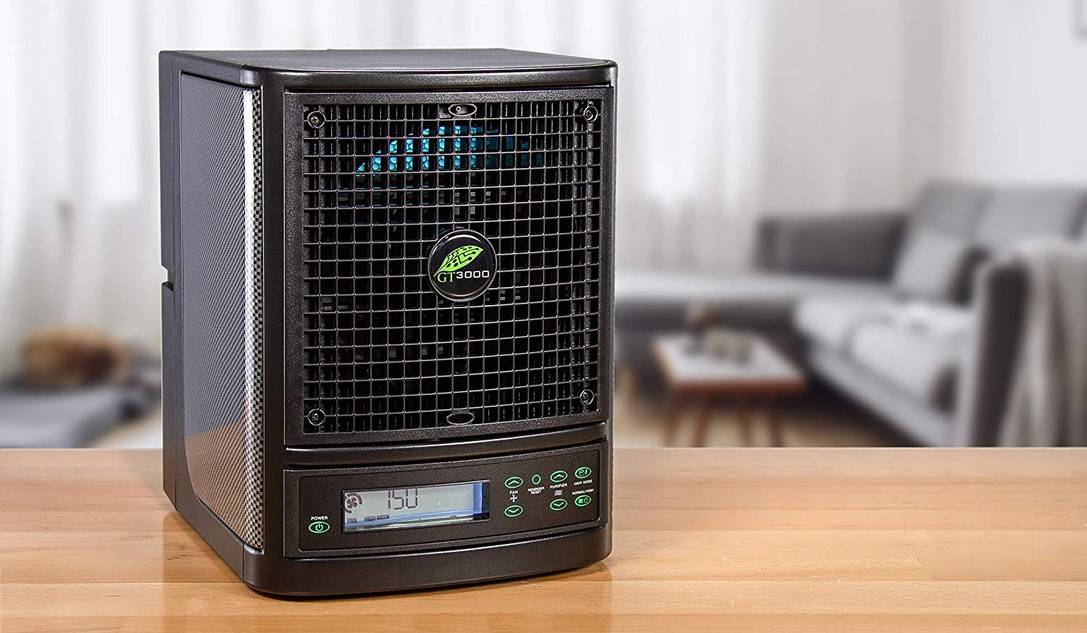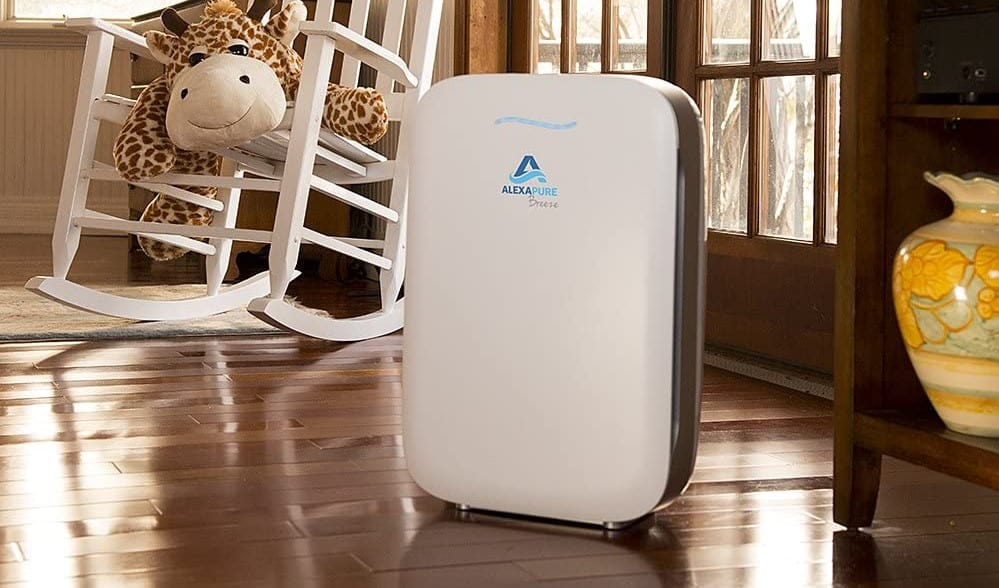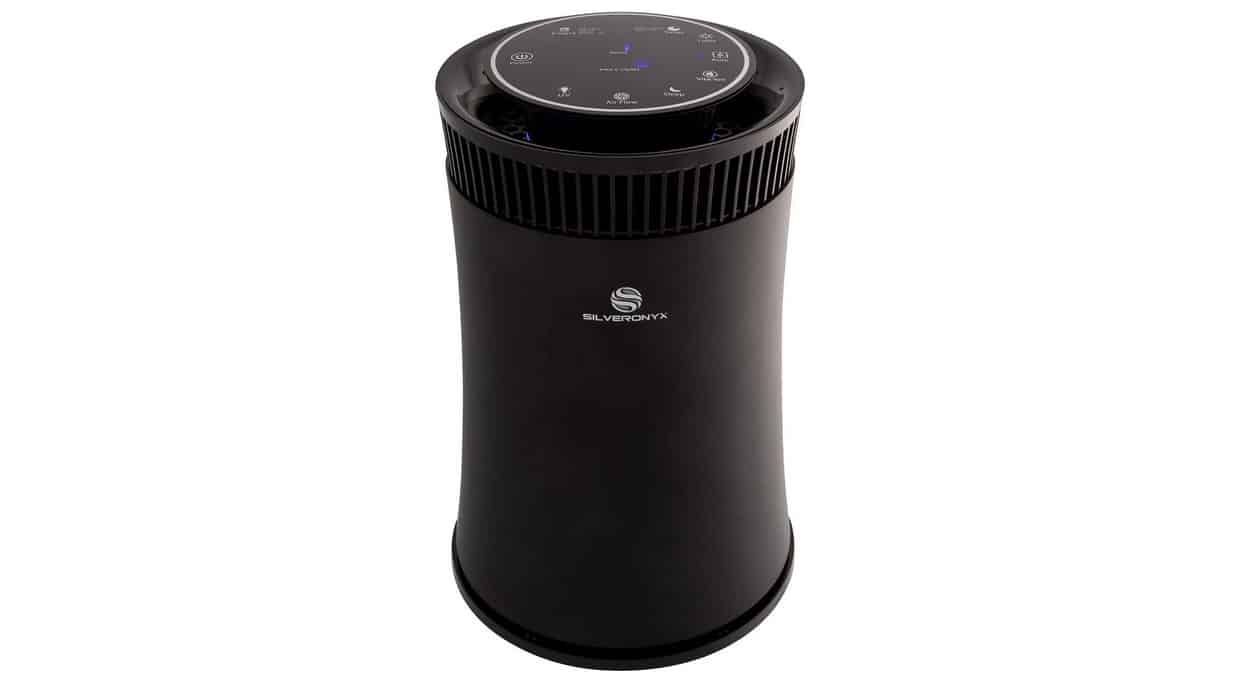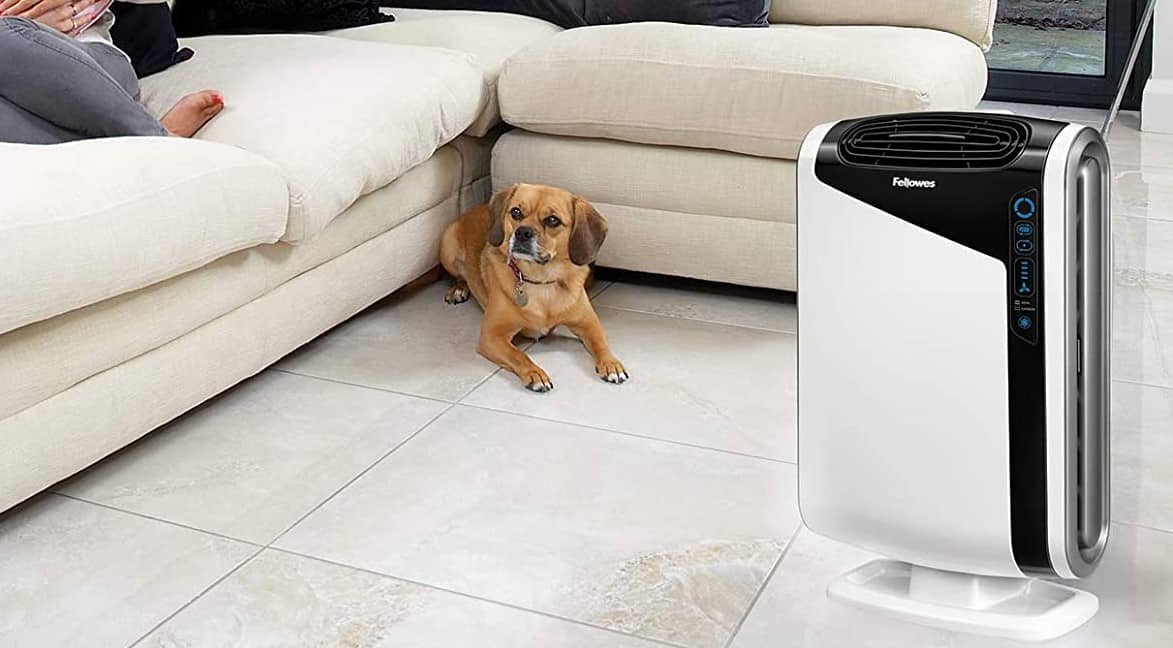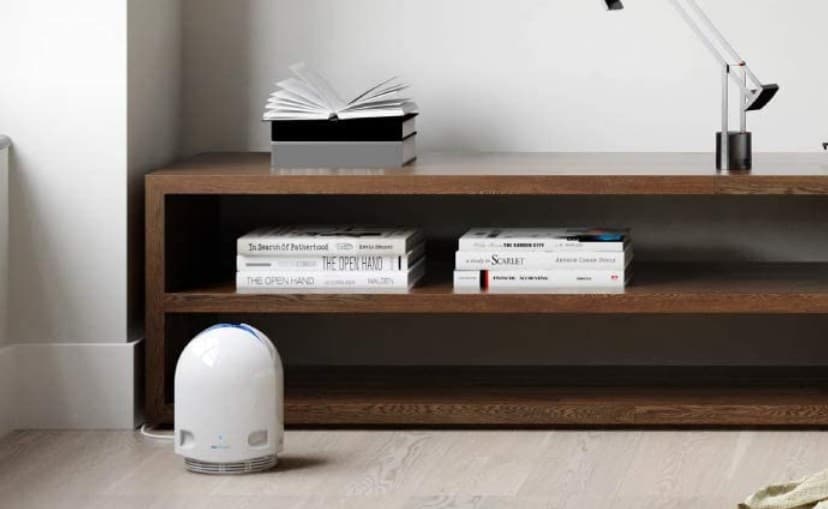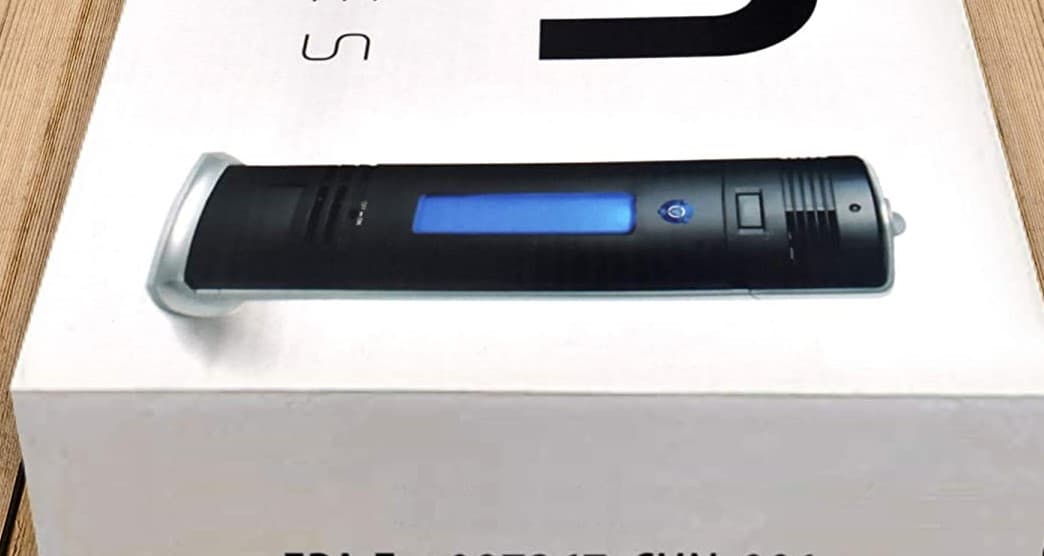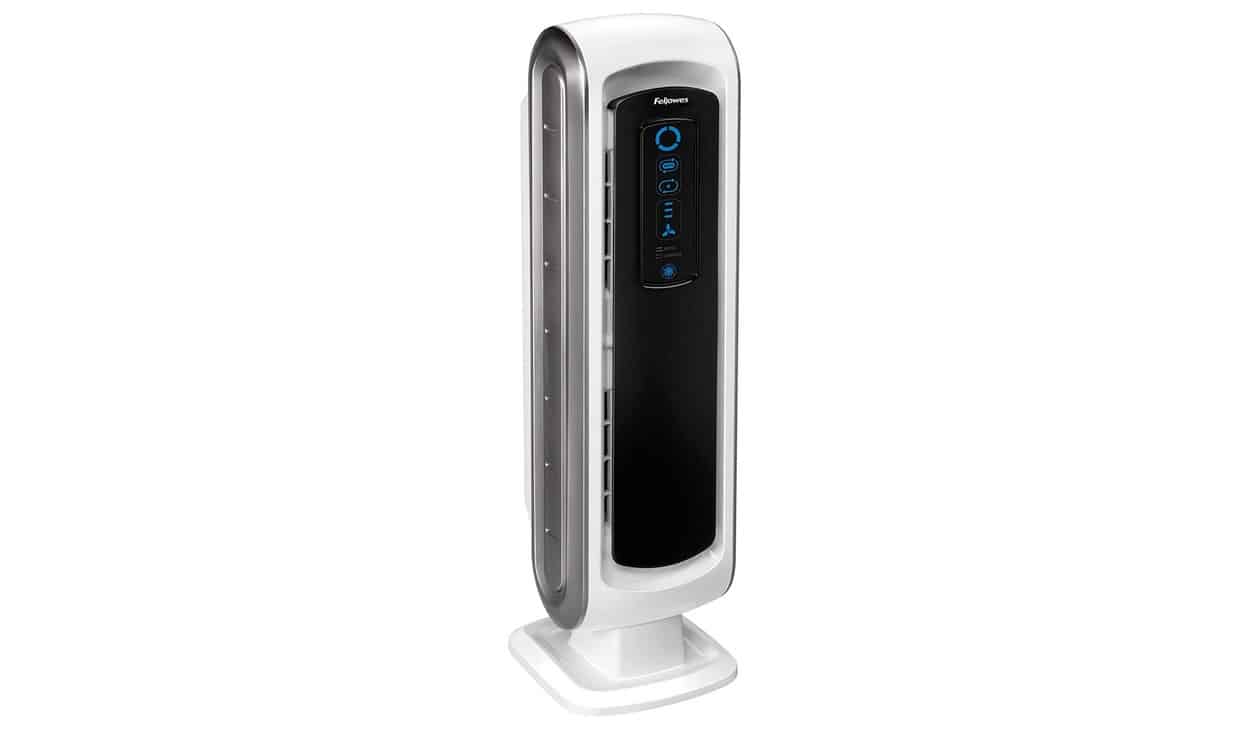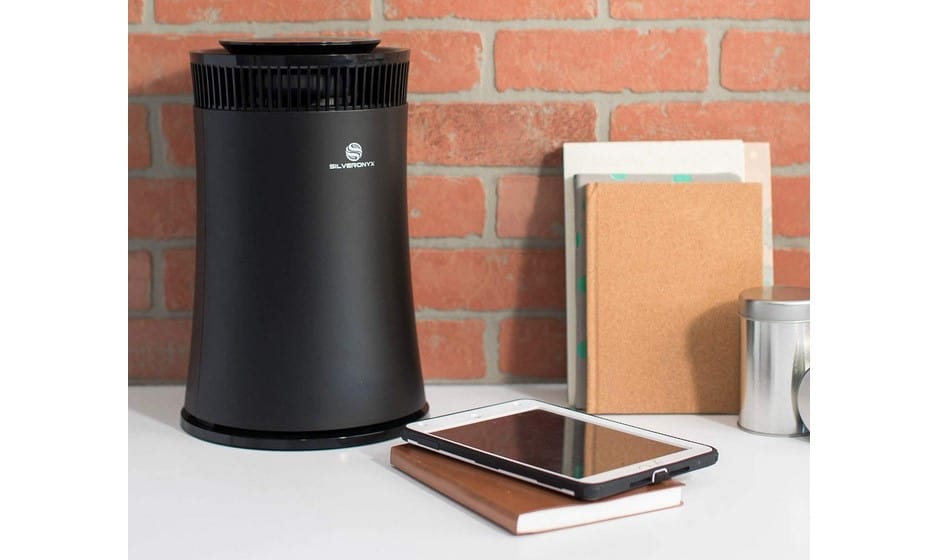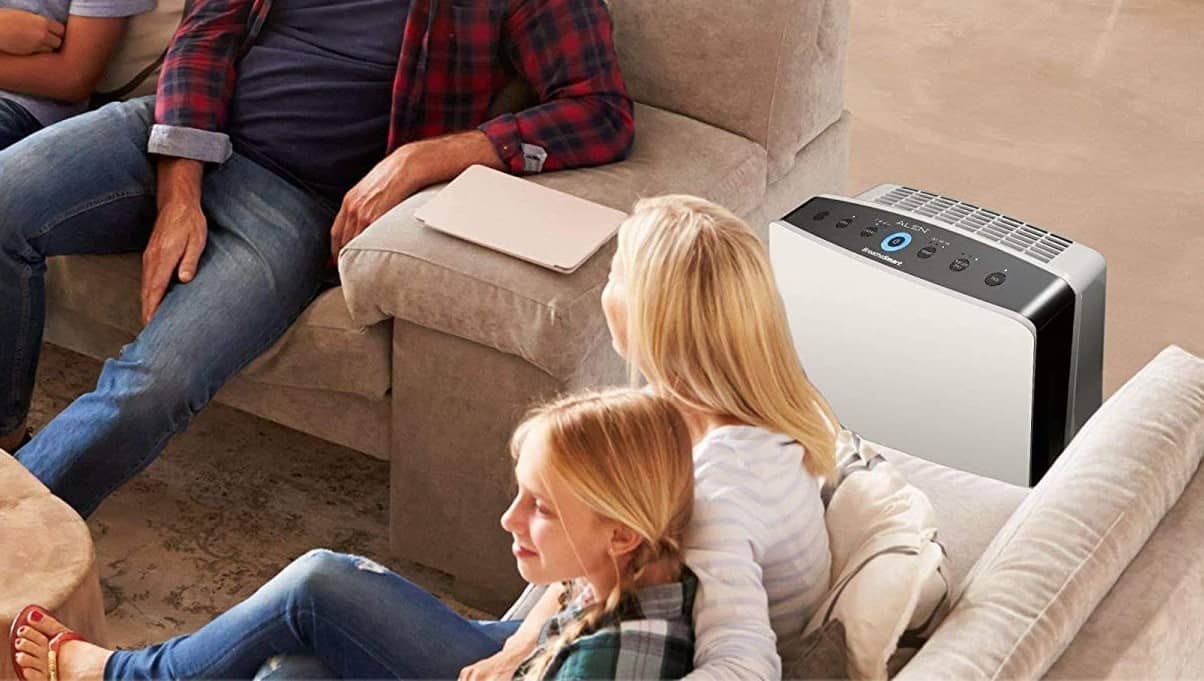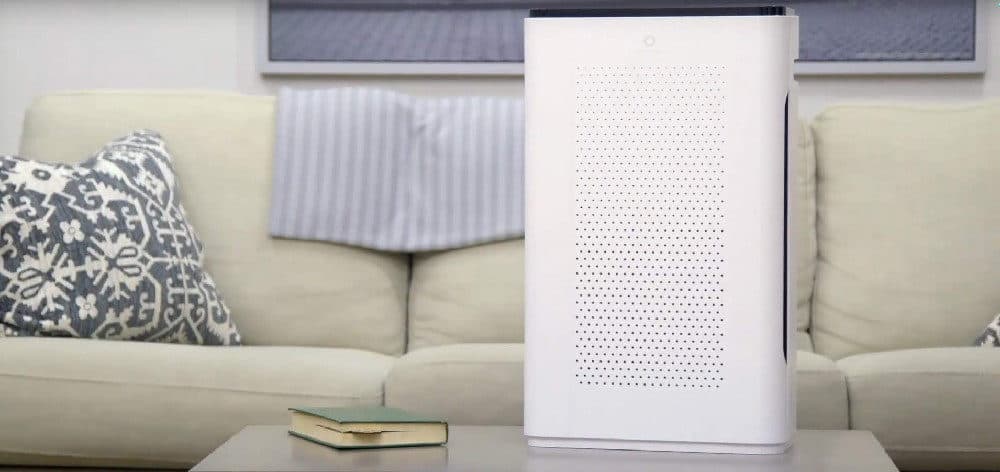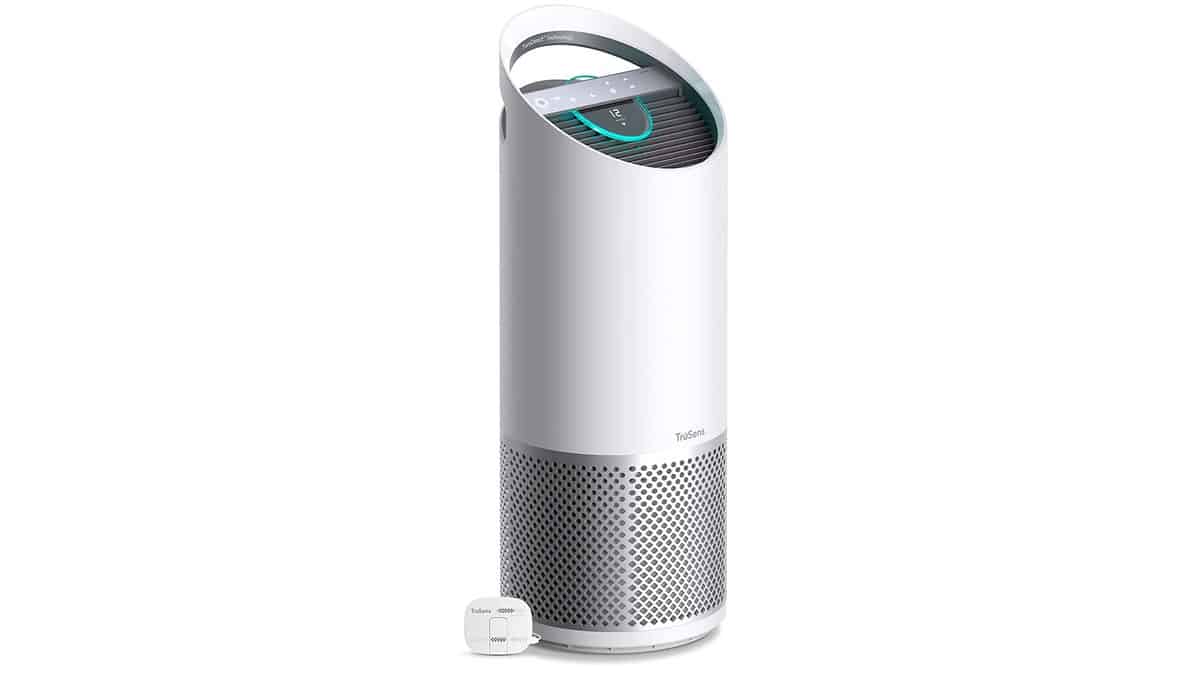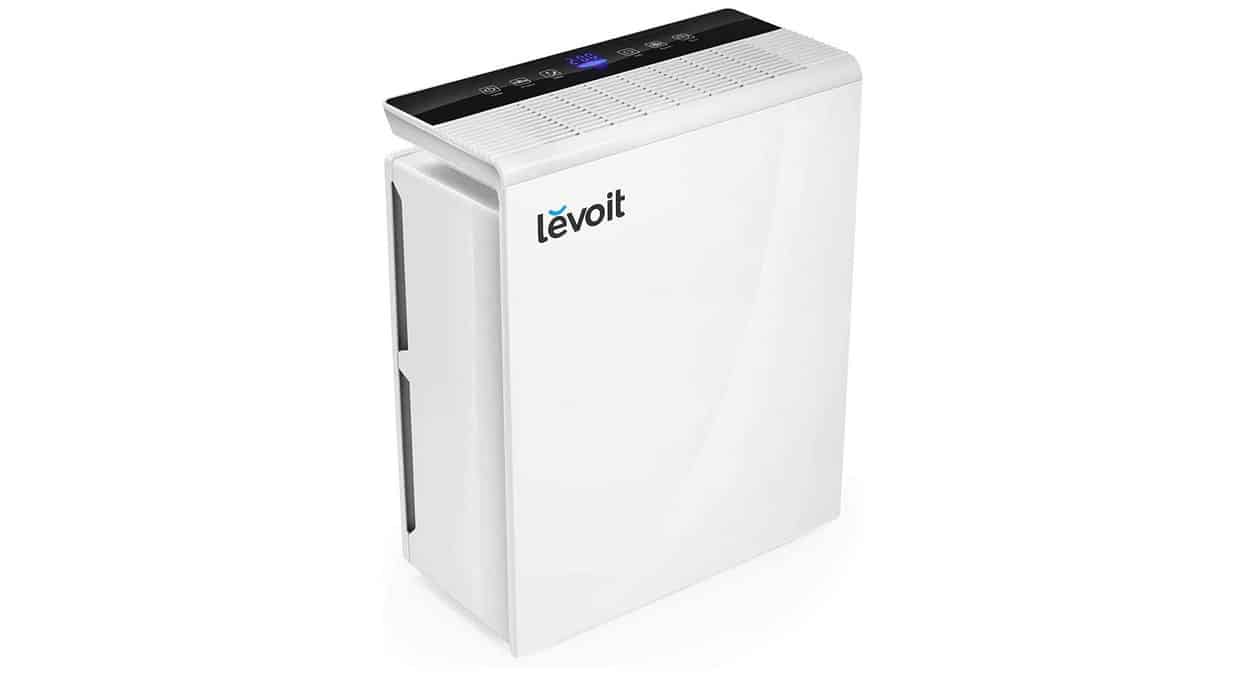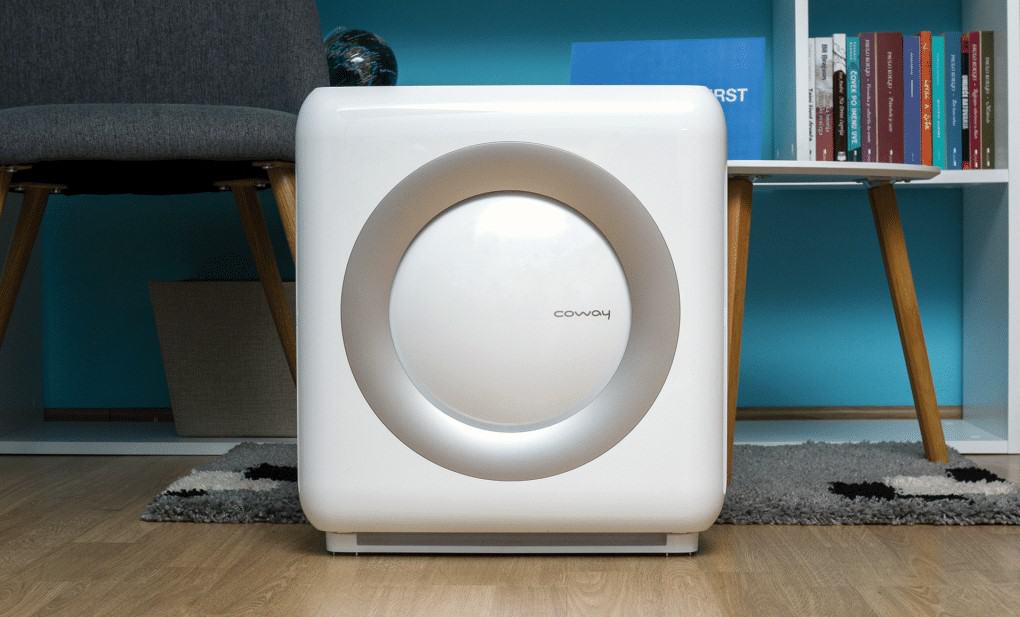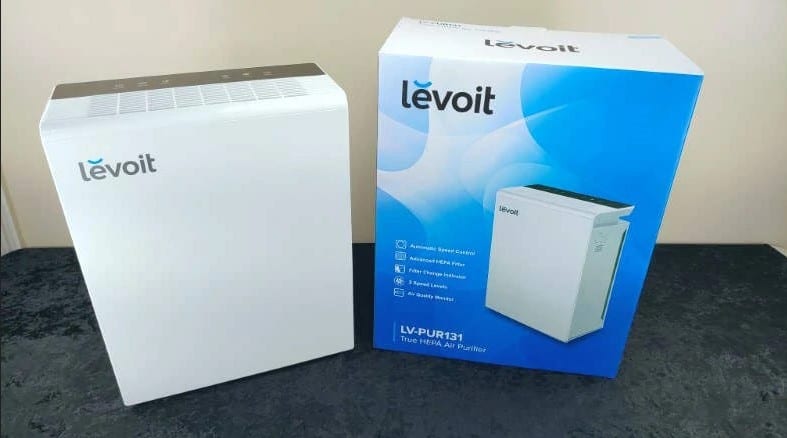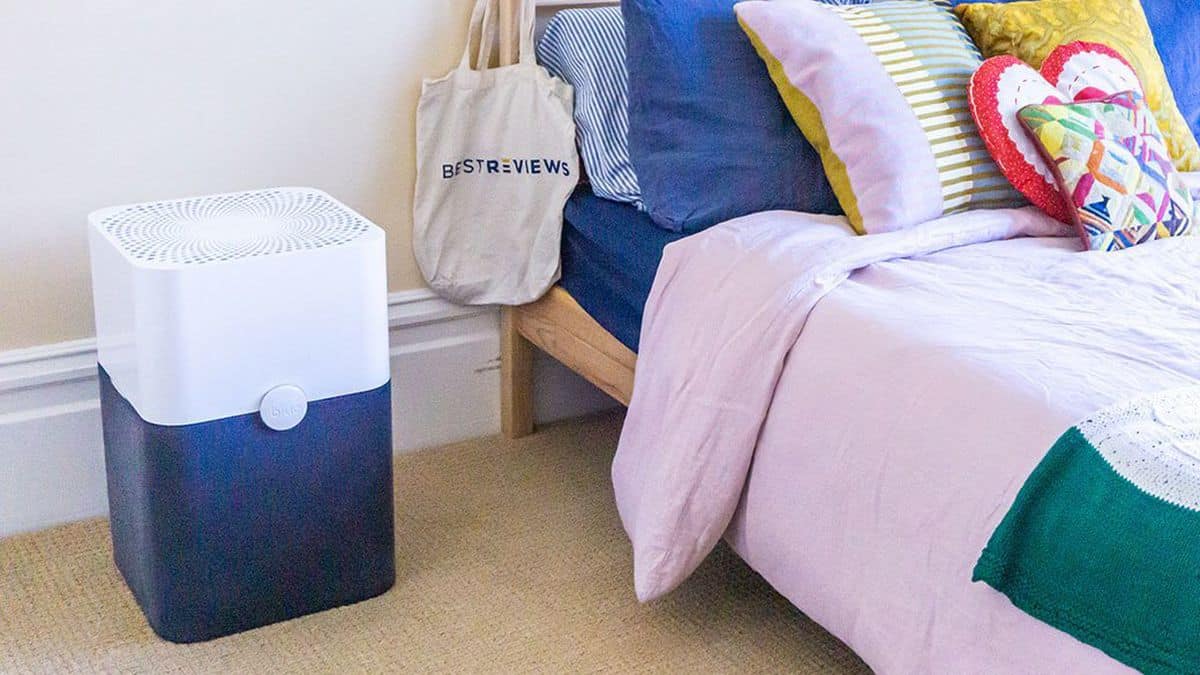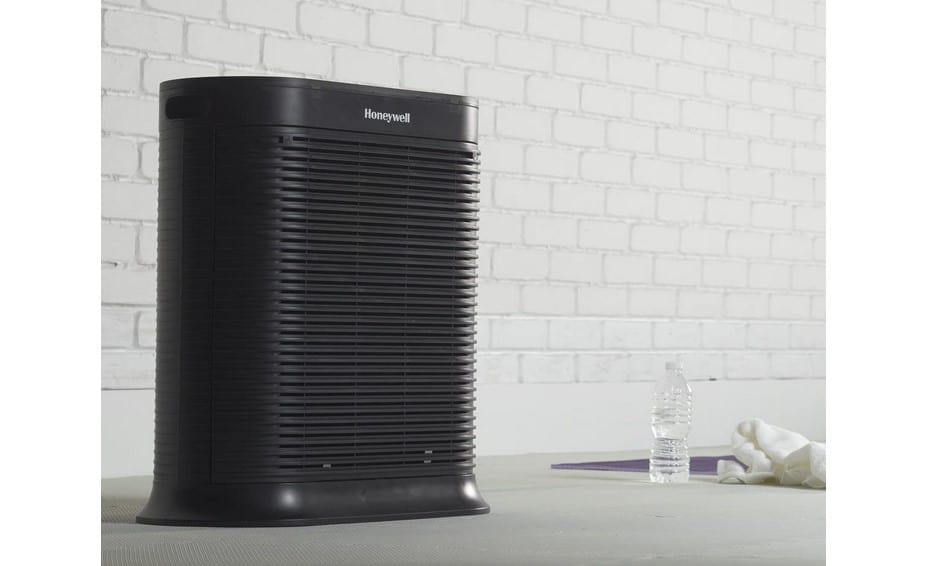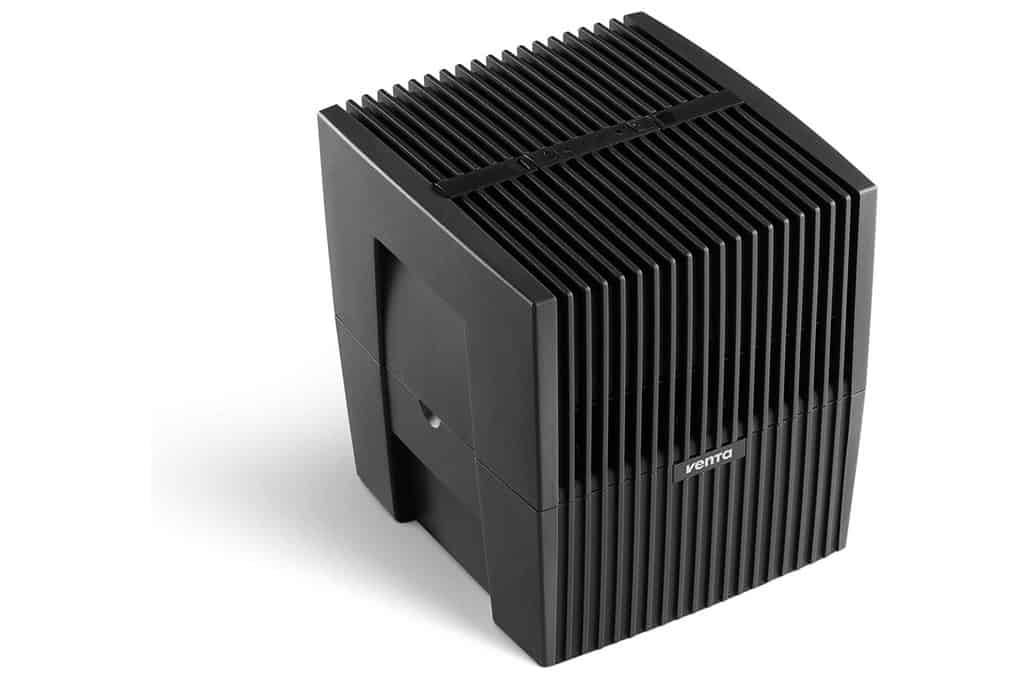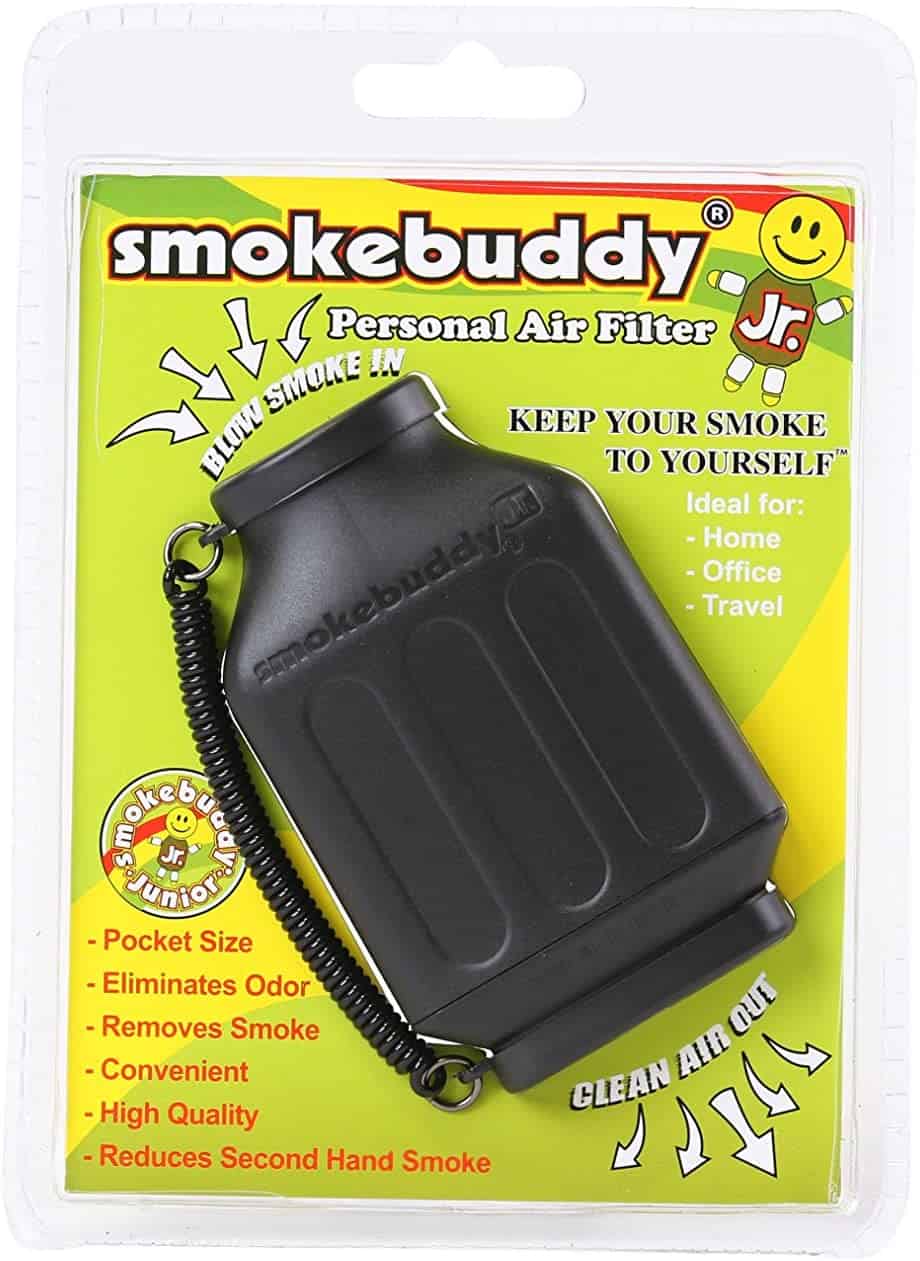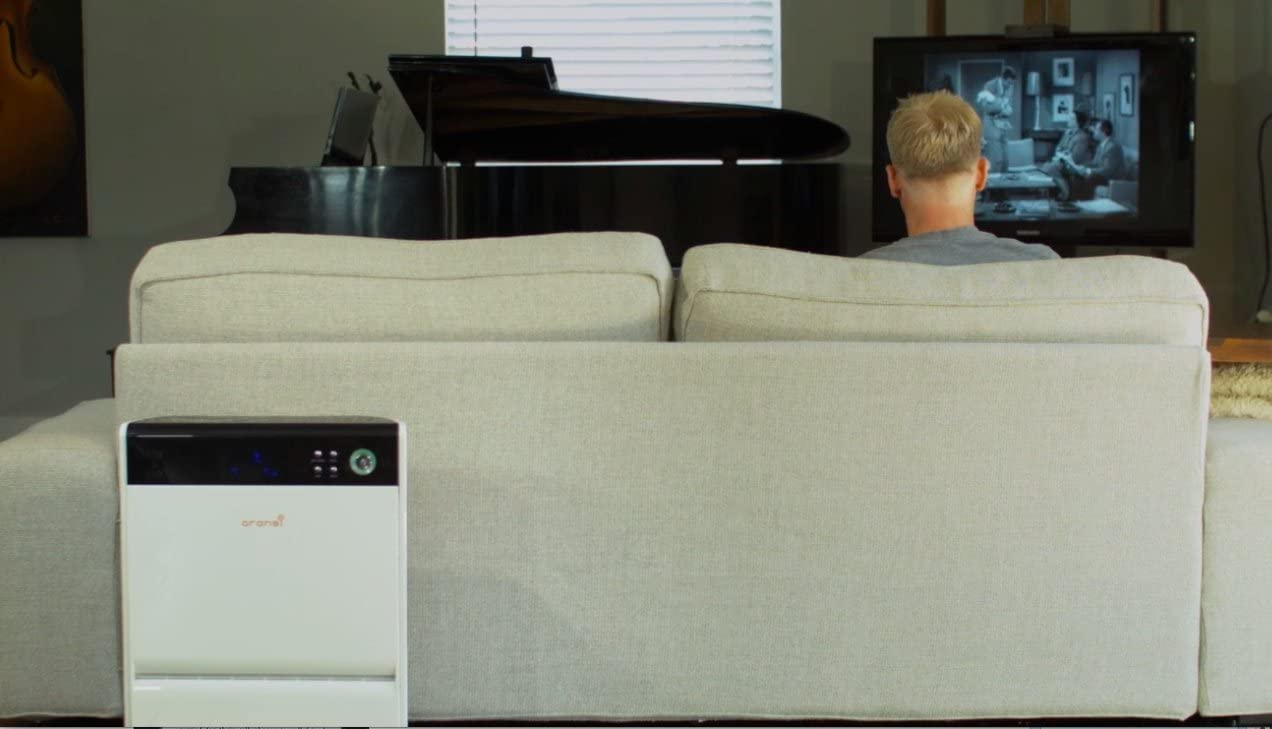If you have been reading about the dangers of PM2.5 in the atmosphere lately, you are not alone. Many people are worried about PM2.5 and wondering how does a PM2.5 air purifier work. That’s where we come in. Other concerns on your mind might be the benefits of a commercial air purifier, how long do HEPA filters last, and how long should an air purifier stay on. Also, you can check this review if you are interested in the best air purifiers.
KEY TAKEAWAYS:
- PM2.5 particles refer to several different air pollutants that are smaller than 2.5 microns in diameter.
- PM2.5 air particles can lead to a spate of health ailments. Including asthma and COPD.
- Despite their small particle size, HEPA filters have been proven to be good at eliminating them from the home.
What is PM2.5?
PM2.5 refers to any number of air pollutants made from particulate matter that is smaller than 2.5 microns in diameter. These particles can be made up of many different chemicals, though the small size means that PM2.5 particles can easily be breathed in and even cross the placenta barrier of a pregnant woman. Personal air purifiers are a thing that most people embrace lately; check out this guide to understand whether it is effective.
Insider Tip
PM2.5 refers to any number of air pollutants made from particulate matter that is smaller than 2.5 microns in diameter.
Are PM2.5 Particles Dangerous?
Unfortunately, yes. PM2.5 particles can cause a number of health ailments if regularly breathed in. They can worsen the symptoms of asthma, COPD, and related respiratory ailments. These particles are also small enough to enter the bloodstream, where they can do more damage.
How Does a PM2.5 Air Purifier Work?
Now for the good news. Many different types of air purifiers are a great option for reducing and eliminating the level of PM2.5 particles in the home. Learn how the Bipolar air purifier works to eliminate airborne pollutants and pathogens.
HEPA Air Purifiers
True HEPA filters will significantly reduce the amount of PM2.5 particles in your home. HEPA filters are rated to only capture particles 3 microns and below, so on paper, they would not be useful when it comes to PM2.5 particles. However, PM2.5 particles have some unique properties that make them easy to capture and trap. For instance, these particles tend to attach themselves to larger particles in the air, where they can be drawn in and trapped by a HEPA filter. Studies have shown that HEPA filters eliminate 99 percent of PM2.5 particles from the air, despite their small size.
Insider Tip
True HEPA filters will significantly reduce the amount of PM2.5 particles in your home.
Proprietary Air Purifier Designs
In recent years, there have been many proprietary air filter designs that have been purpose-built for the elimination of PM2.5 particles. Companies such as Molekule have released multiple air purifiers with this intent in mind. They likely do a good job at removing PM2.5 pollutants from the atmosphere, but there have not been a lot of studies conducted. Be sure to read any relevant research before purchasing one of these proprietary PM2.5 air purifiers. On the other hand, HEPA filters have been proven to be successful at eliminating these particles.
F.A.Q.
What other pollutants threaten your air quality?
Unfortunately, there are plenty of air pollutants out there can that can negatively impact air quality. These include ammonia, asbestos, benzene, black carbon, carbon dioxide, and more.
Can PM2.5 affect indoor air quality?
Outdoor sources of PM2.5 can easily get into your home via cracks in the walls, windows, doors, and other minuscule entrances. So yes, they can affect indoor air quality.
What should I avoid in an air purifier?
This depends on personal preference, but there have been some studies linking ozone to a variety of health ailments. Ionic air purifiers release ozone when they are being used.
STAT: From 1990 to 2010, the estimated PM 2.5-mortalities in East and South Asia “increased by 21% and 85% respectively.” (source)

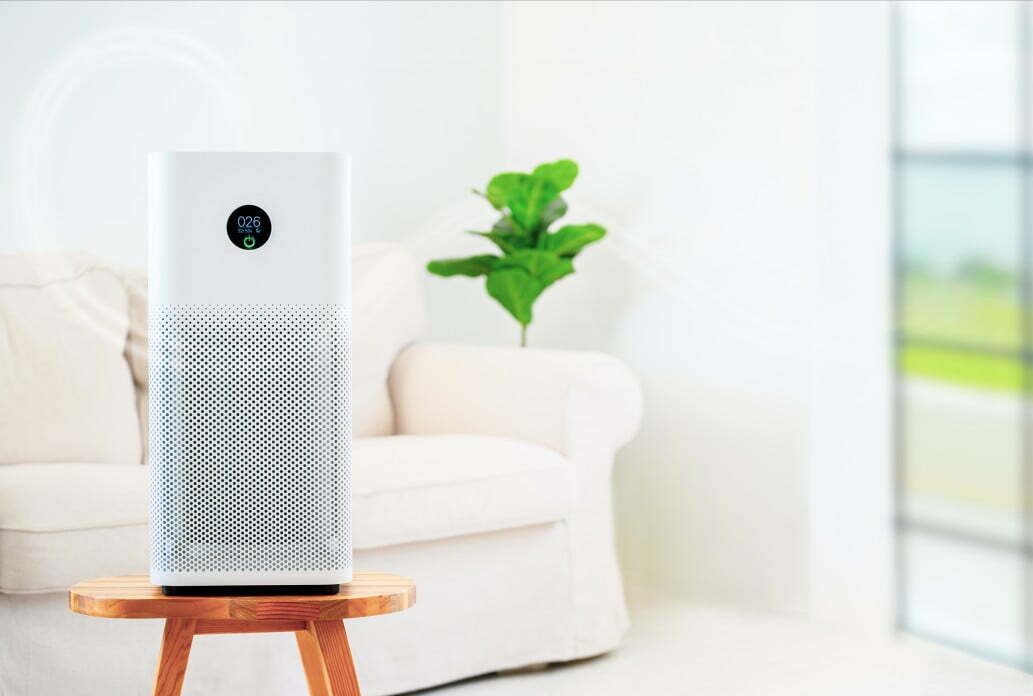













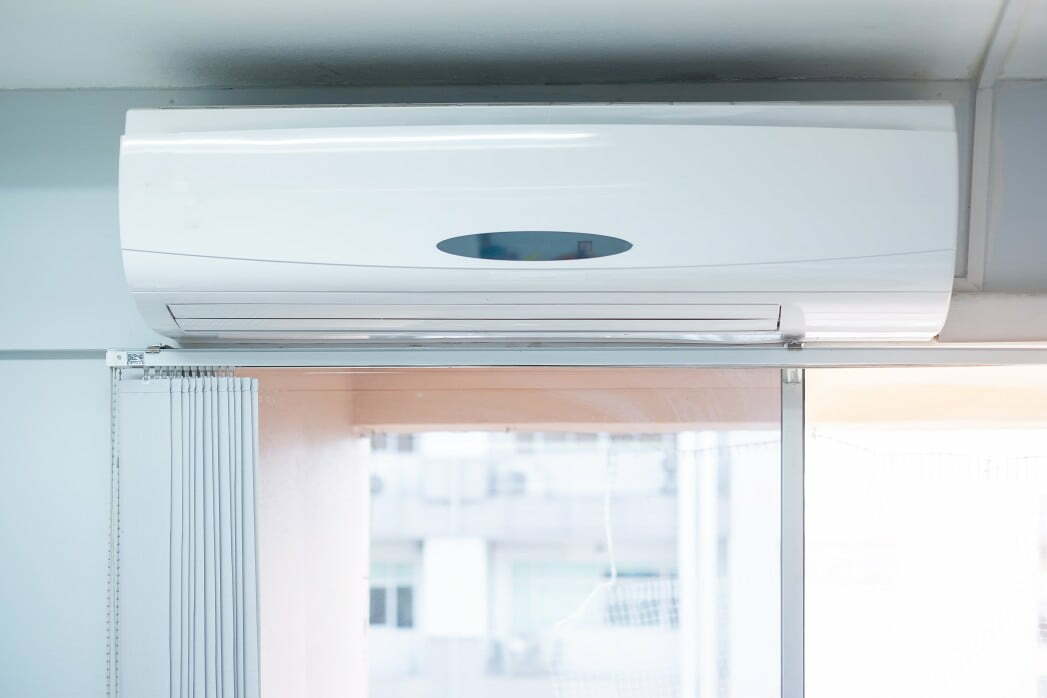
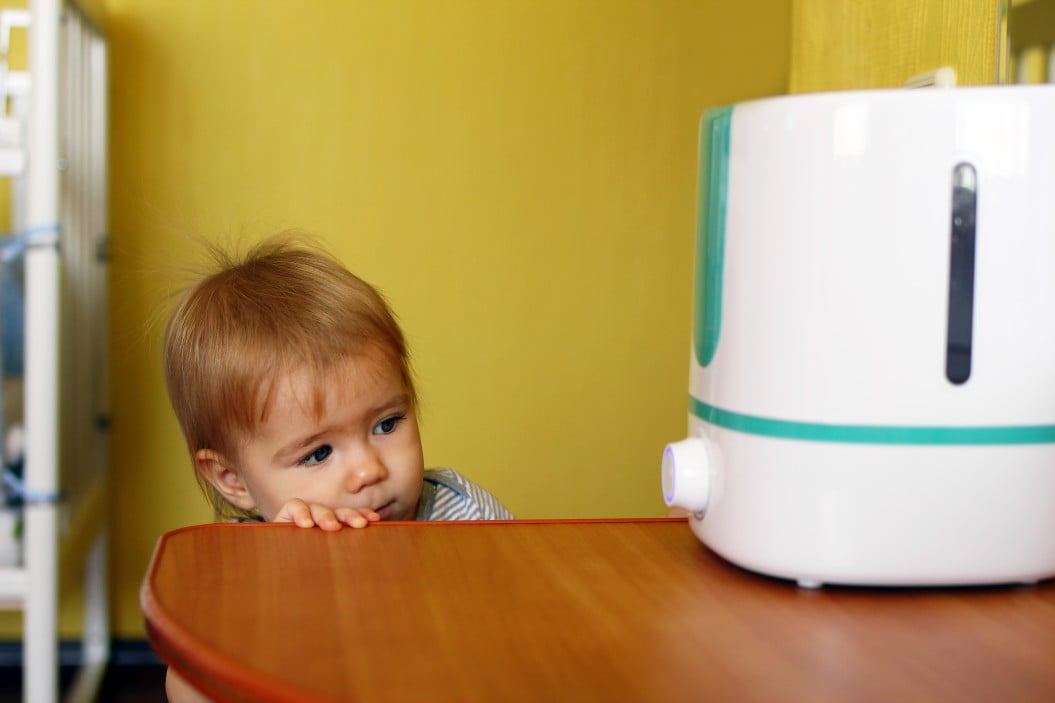
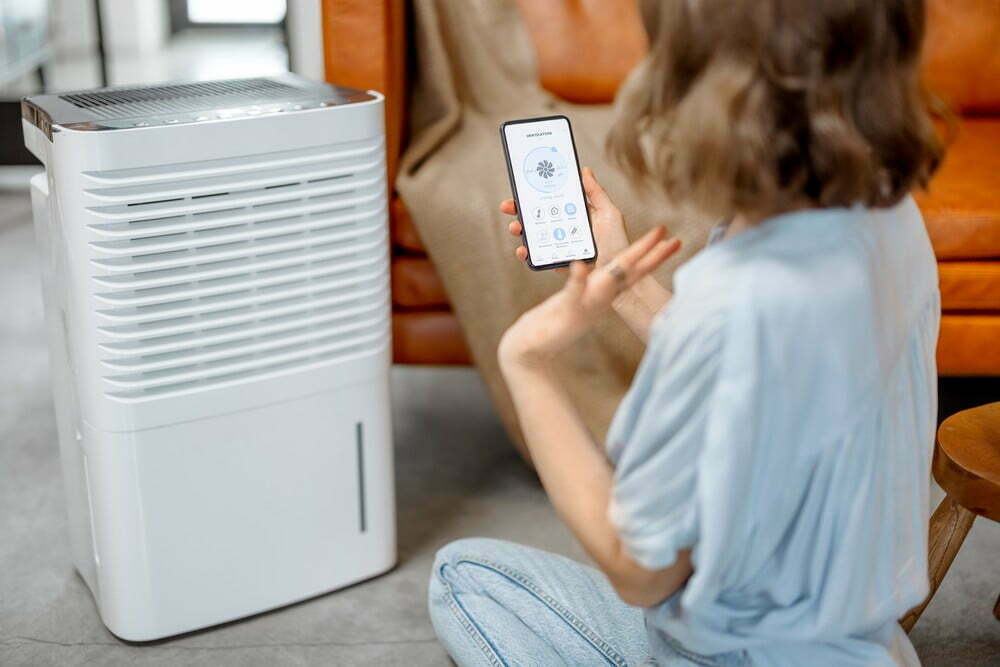
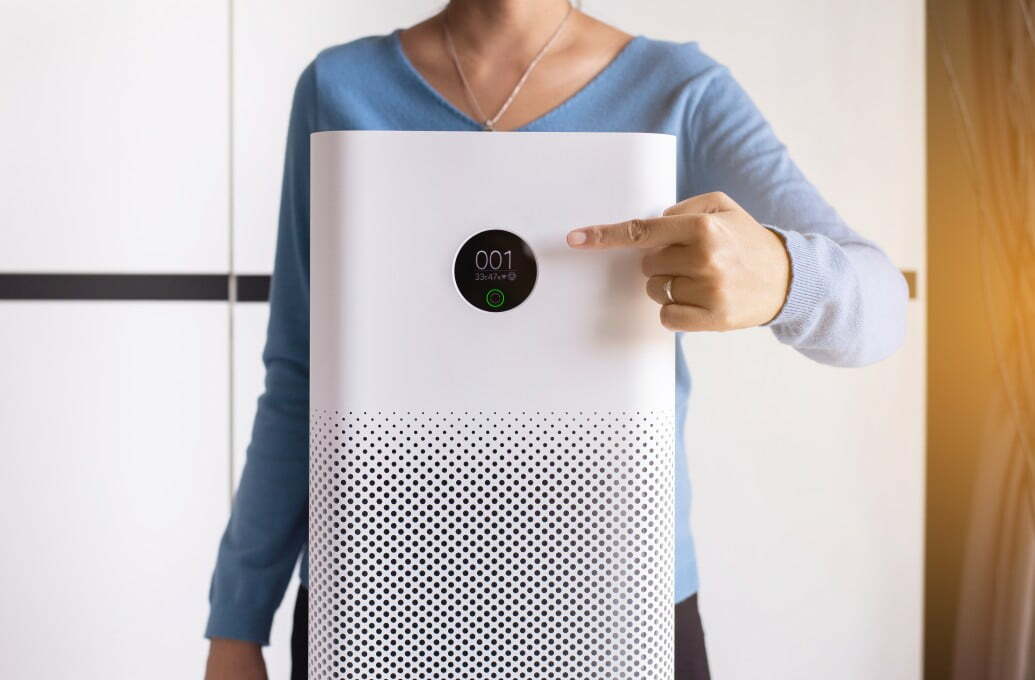
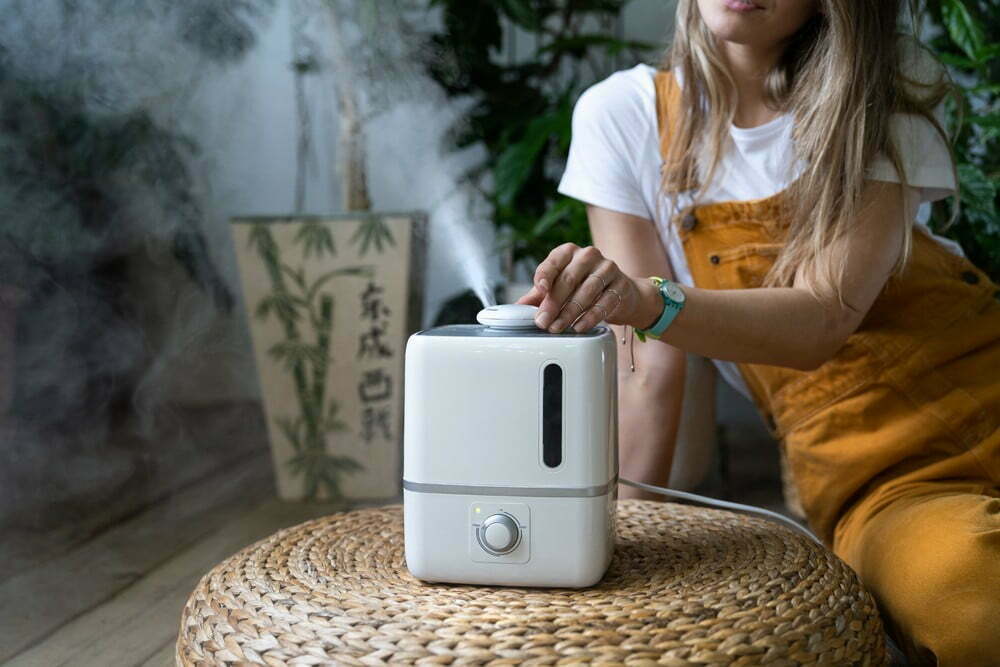


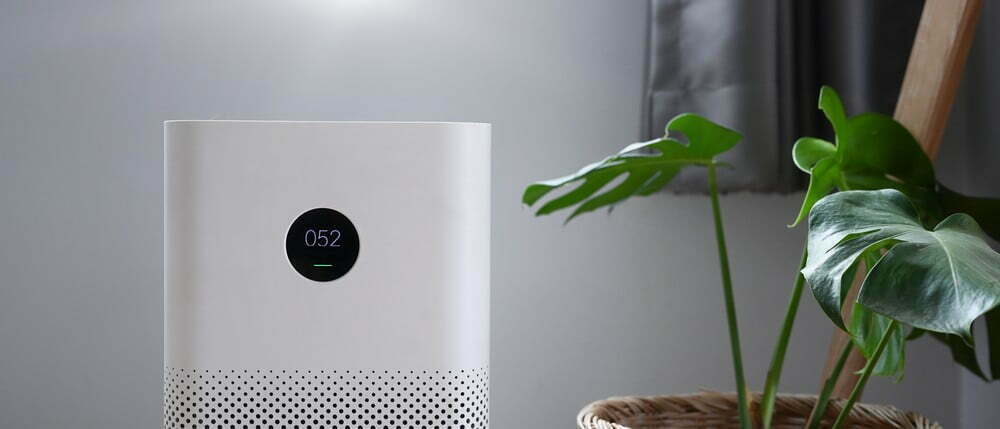
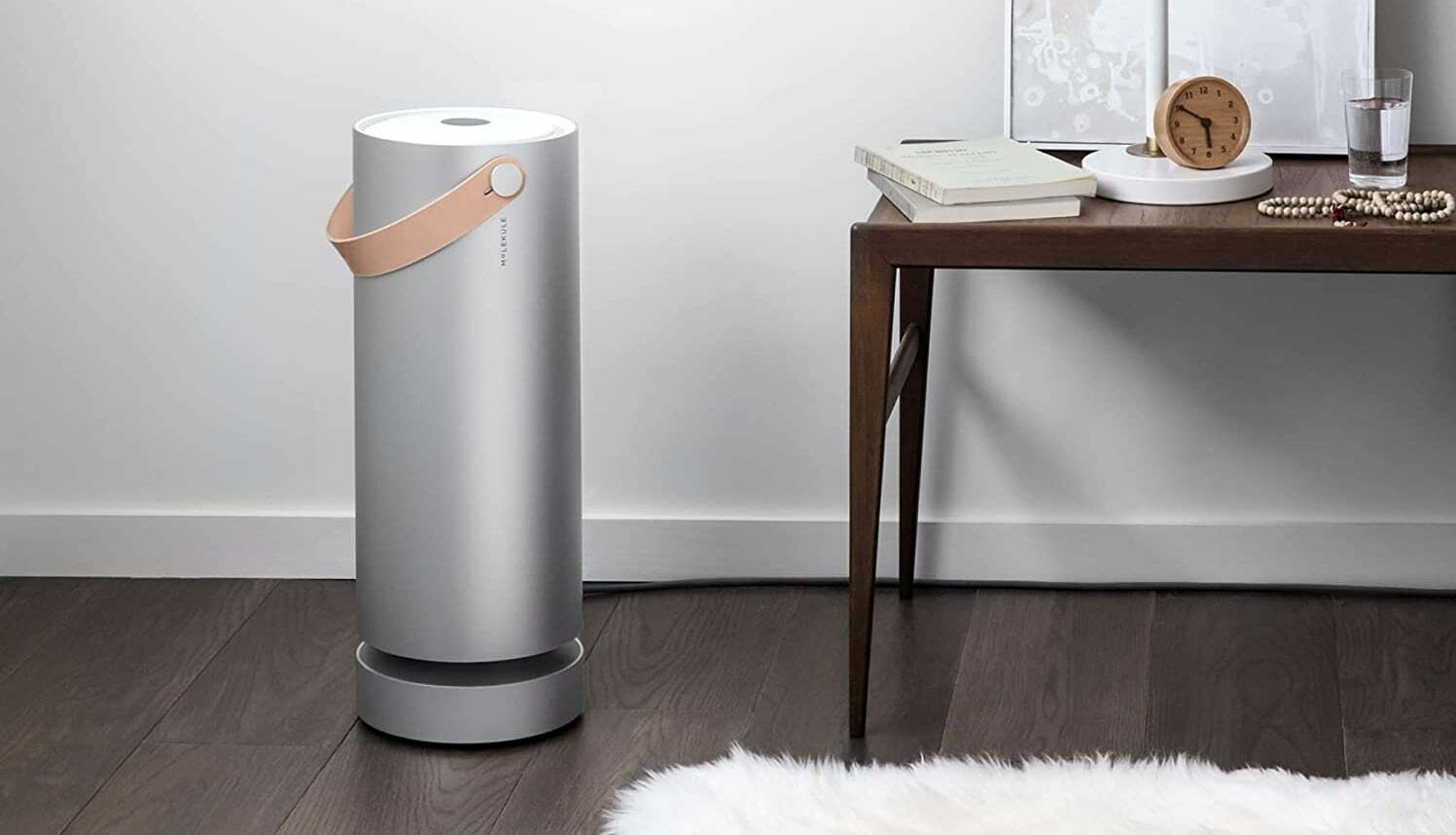
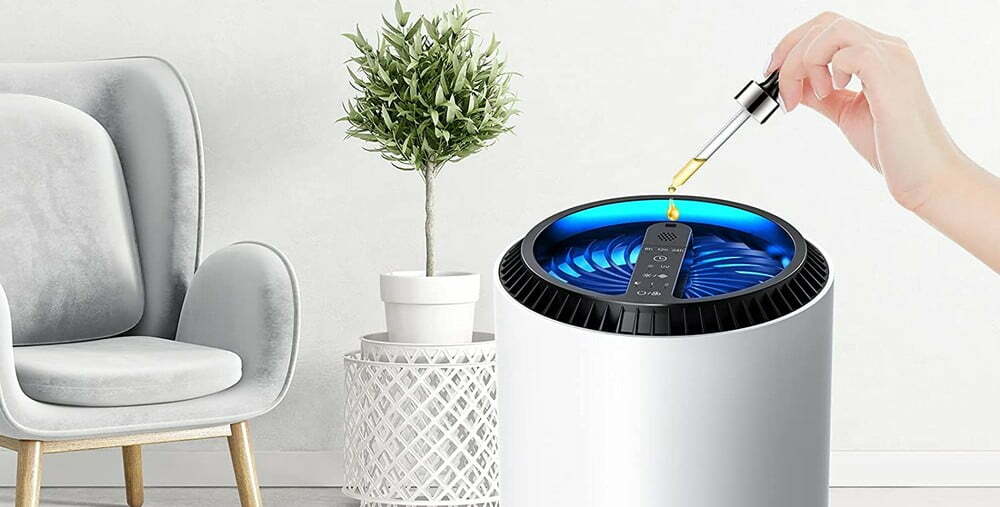
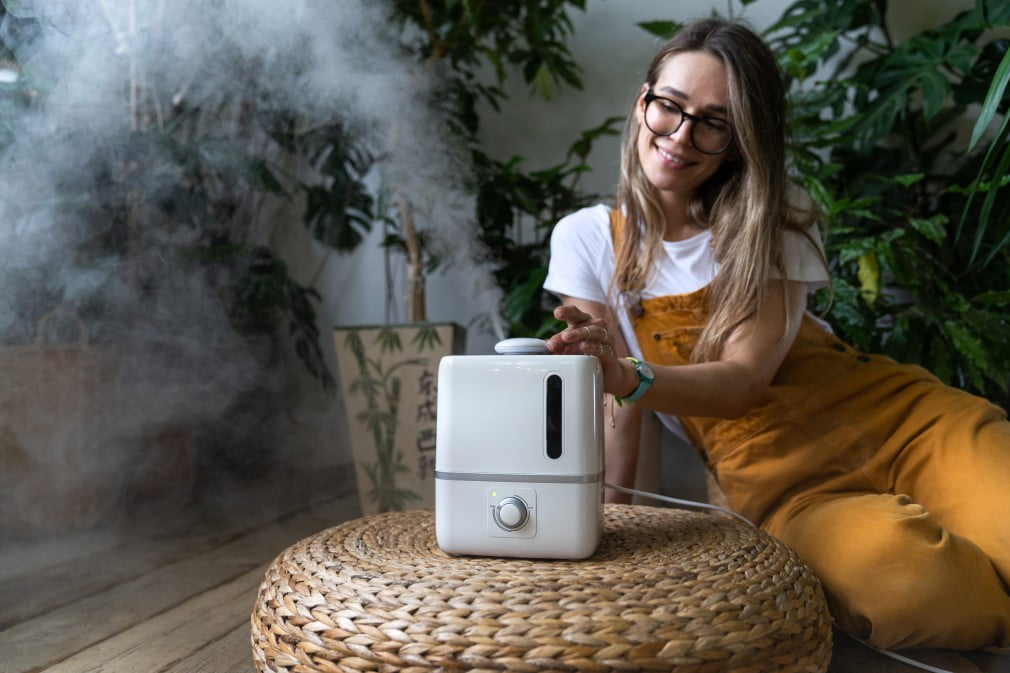
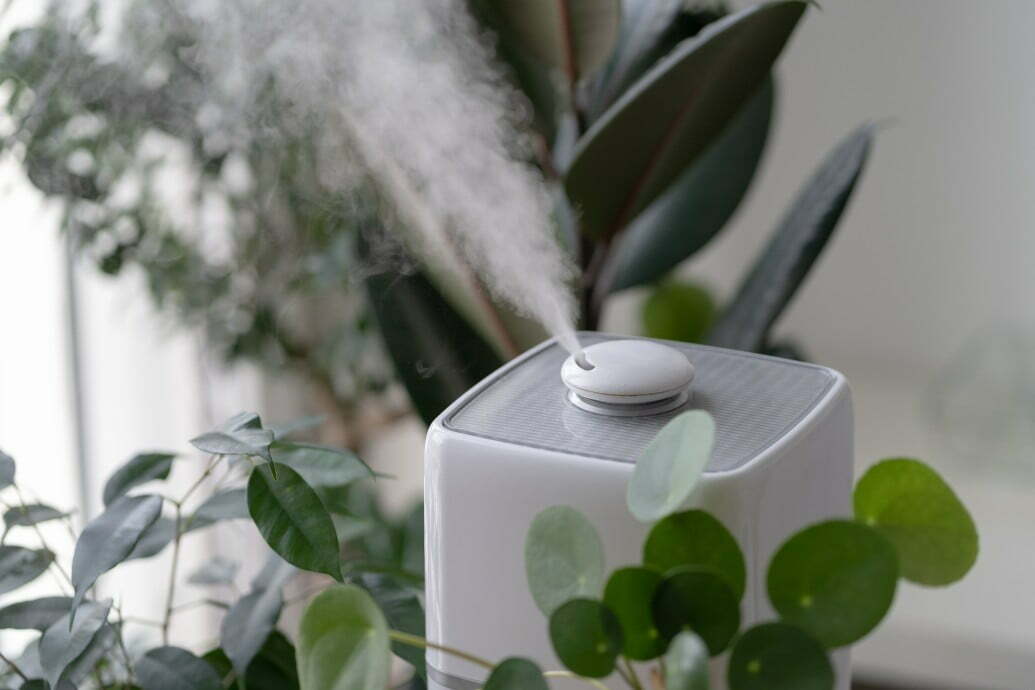

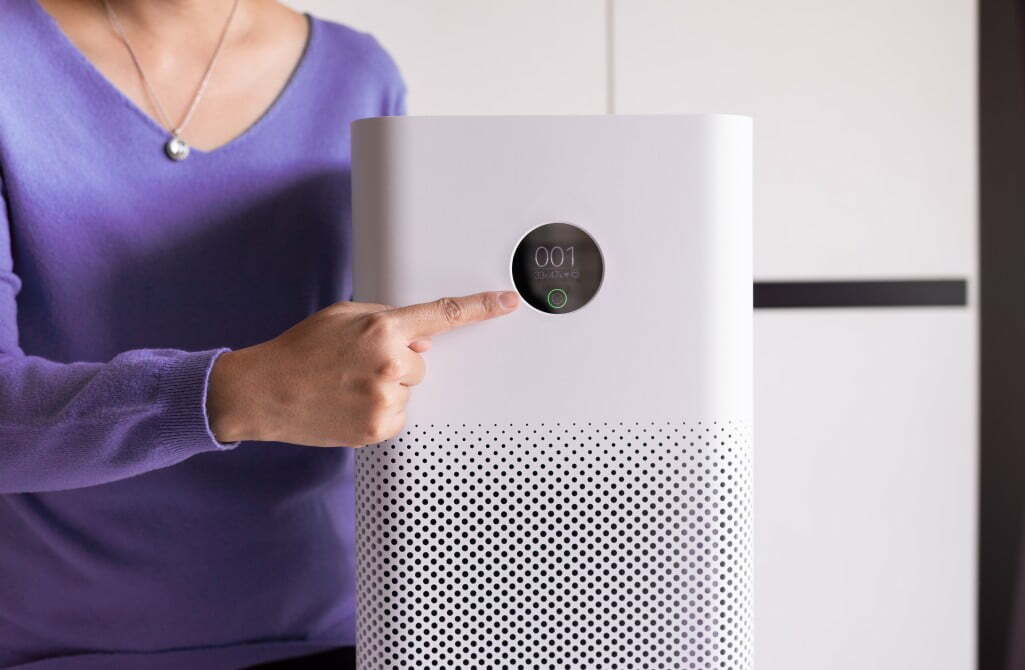
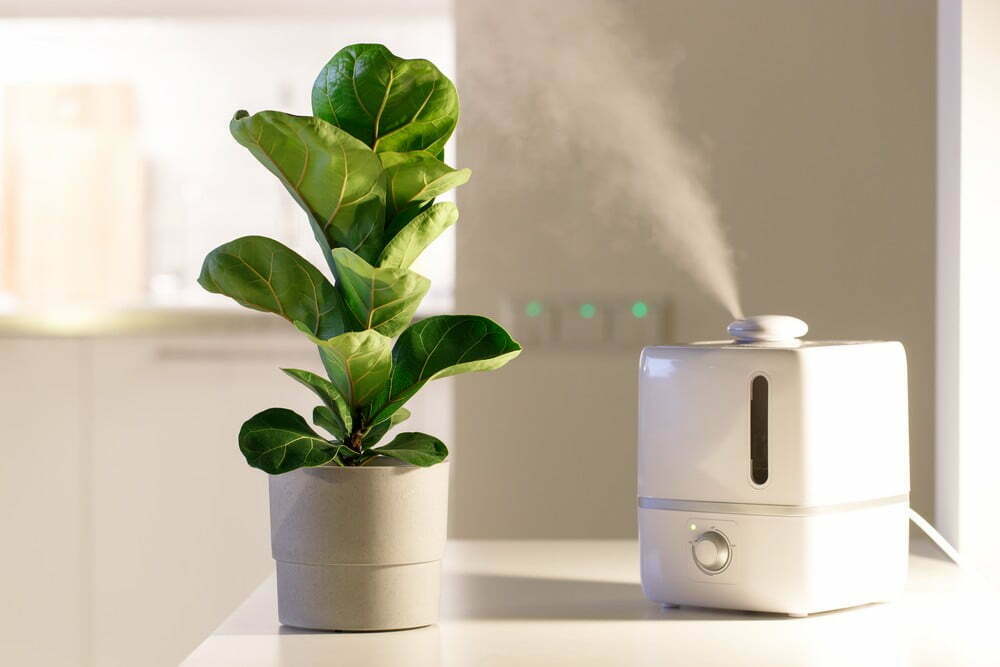

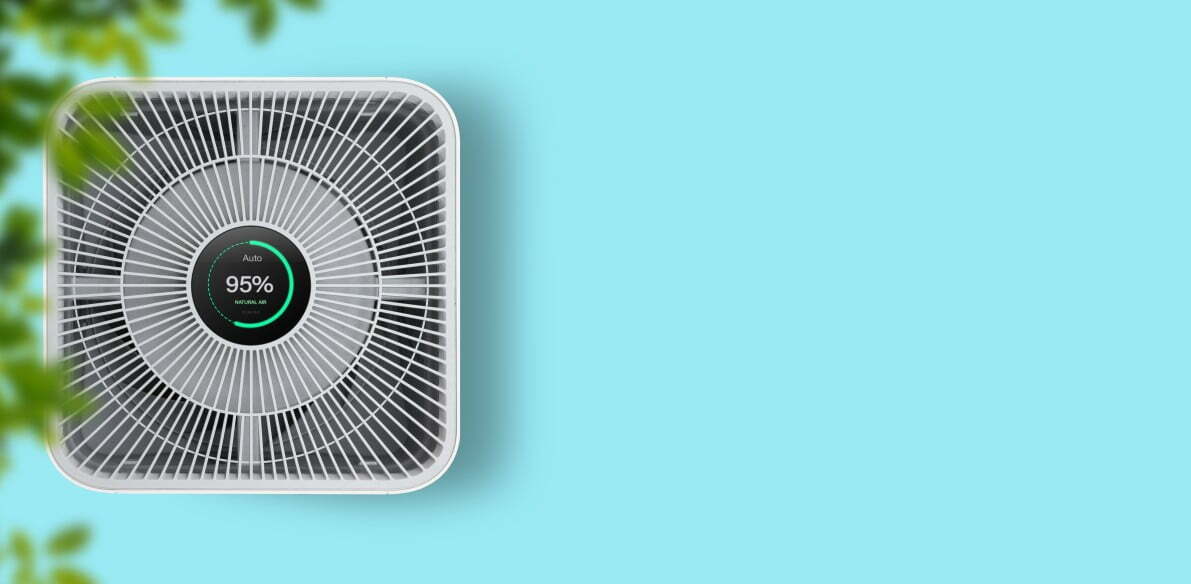
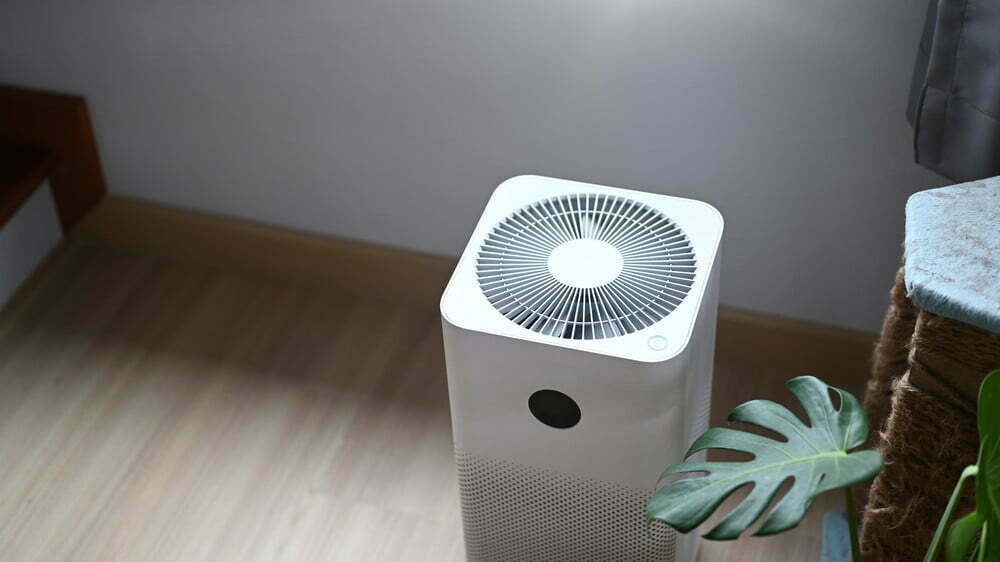
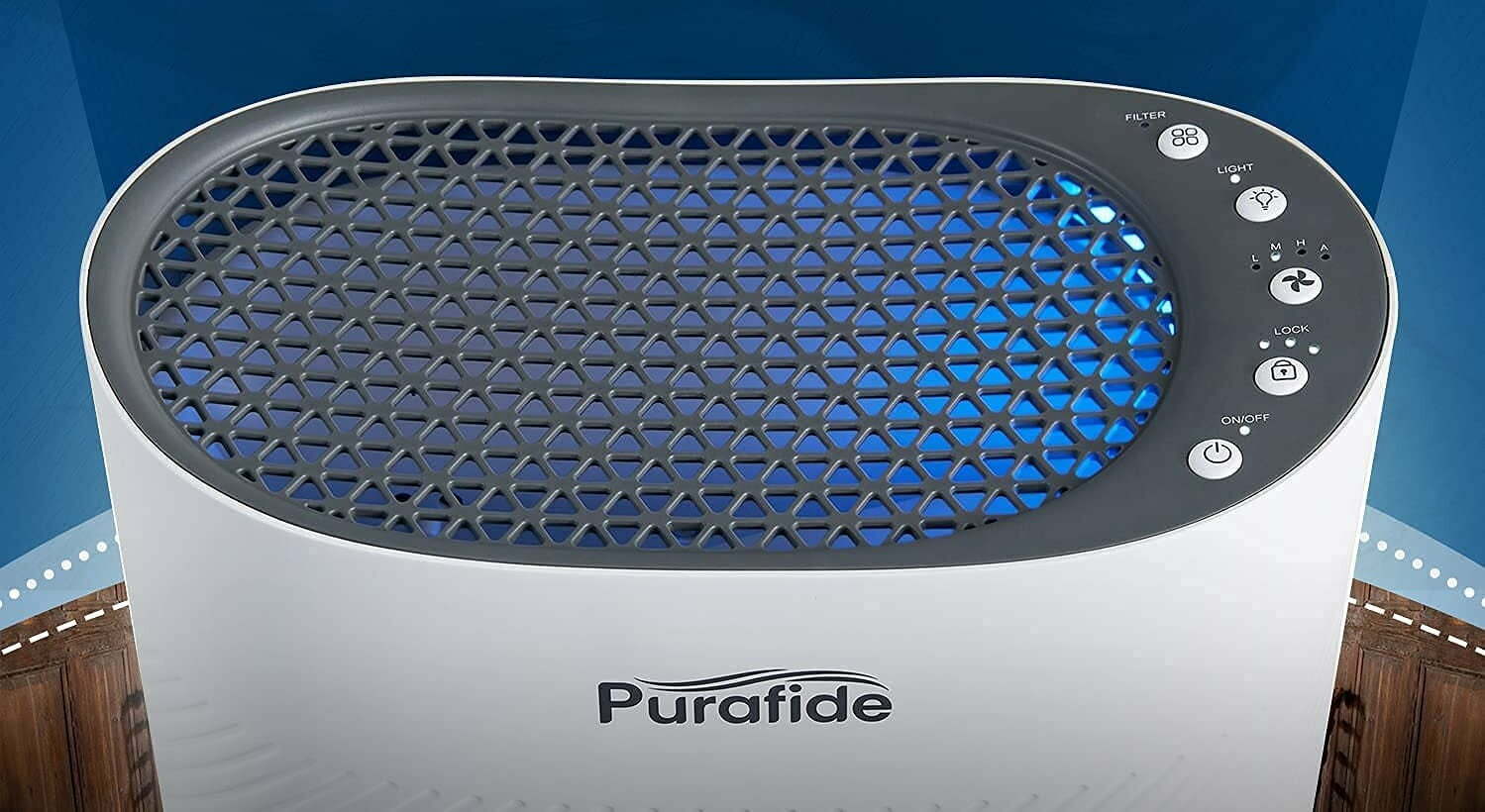
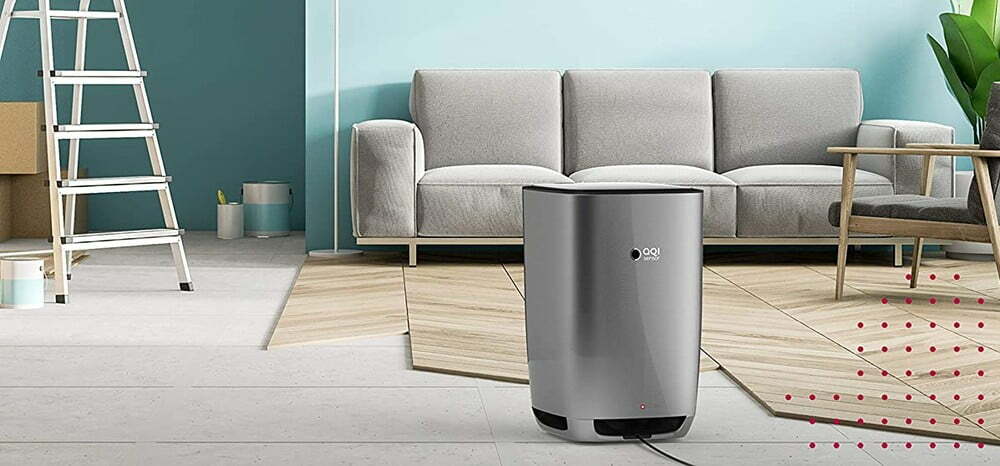
![Best Air Purifiers for VOCs and Formaldehyde in [year] 27 Best Air Purifiers for VOCs and Formaldehyde in 2026](https://www.gadgetreview.dev/wp-content/uploads/best-air-purifier-for-vocs-and-formaldehyde-image.jpg)
![Best Air Purifier in [year] ([month] Reviews) 28 Best Air Purifier in 2026 (January Reviews)](https://www.gadgetreview.dev/wp-content/uploads/Honeywell-True-HEPA-Allergen-Remover-HPA300-e1475603569442.jpg)
![Best Air Purifiers for Dust in [year] 29 Best Air Purifiers for Dust in 2026](https://www.gadgetreview.dev/wp-content/uploads/best-air-purifier-for-dust-image.jpg)
![Best Honeywell Air Purifiers in [year] 30 Best Honeywell Air Purifiers in 2026](https://www.gadgetreview.dev/wp-content/uploads/best-honeywell-air-purifier-image.jpg)
![Best Germicidal Air Purifiers in [year] 31 Best Germicidal Air Purifiers in 2026](https://www.gadgetreview.dev/wp-content/uploads/best-germicidal-air-purifier-image.jpg)
![Best Filterless Air Purifiers in [year] 32 Best Filterless Air Purifiers in 2026](https://www.gadgetreview.dev/wp-content/uploads/best-filterless-air-purifier-image.jpg)
![Best Levoit Air Purifiers in [year] 33 Best Levoit Air Purifiers in 2026](https://www.gadgetreview.dev/wp-content/uploads/best-levoit-air-purifier-image.jpg)
![Best Air Purifiers for Smoking Weed in [year] 34 Best Air Purifiers for Smoking Weed in 2026](https://www.gadgetreview.dev/wp-content/uploads/best-air-purifier-for-smoking-weed-image.jpg)
![Best Quiet Air Purifiers in [year] 35 Best Quiet Air Purifiers in 2026](https://www.gadgetreview.dev/wp-content/uploads/best-quiet-air-purifier-image.jpg)
![Best Desktop Air Purifiers in [year] 36 Best Desktop Air Purifiers in 2026](https://www.gadgetreview.dev/wp-content/uploads/best-desktop-air-purifier.jpg)
![Best Dyson Air Purifiers in [year] 37 Best Dyson Air Purifiers in 2026](https://www.gadgetreview.dev/wp-content/uploads/best-dyson-air-purifier.jpg)
![Best Air Purifiers for Dorm Room in [year] 38 Best Air Purifiers for Dorm Room in 2026](https://www.gadgetreview.dev/wp-content/uploads/air-purifier-for-dorm-room-1.jpg)
![Best Air Purifiers for Office in [year] 39 Best Air Purifiers for Office in 2026](https://www.gadgetreview.dev/wp-content/uploads/best-air-purifier-for-office.jpg)
![Best Air Purifiers for Basement in [year] 40 Best Air Purifiers for Basement in 2026](https://www.gadgetreview.dev/wp-content/uploads/best-air-purifier-for-basement.jpg)
![Best Air Purifiers For Odor in [year] 41 Best Air Purifiers For Odor in 2026](https://www.gadgetreview.dev/wp-content/uploads/best-air-purifier-odor.jpg)
![10 Best Personal Air Purifiers in [year] 42 10 Best Personal Air Purifiers in 2026](https://www.gadgetreview.dev/wp-content/uploads/best-personal-air-purifiers.jpg)
![10 Best Plug In Air Purifiers in [year] 43 10 Best Plug In Air Purifiers in 2026](https://www.gadgetreview.dev/wp-content/uploads/best-plug-in-air-purifier-image.jpg)
![10 Best Whole House Air Purifiers in [year] 44 10 Best Whole House Air Purifiers in 2026](https://www.gadgetreview.dev/wp-content/uploads/best-whole-house-air-purifier-image.jpg)
![10 Best Large Room Air Purifiers in [year] 45 10 Best Large Room Air Purifiers in 2026](https://www.gadgetreview.dev/wp-content/uploads/Coway-Airmega-200M-Large-Room-Air-Purifier-900x900-1.png)
![10 Best UV Air Purifiers in [year] 46 10 Best UV Air Purifiers in 2026](https://www.gadgetreview.dev/wp-content/uploads/best-uv-air-purifier.jpg)
